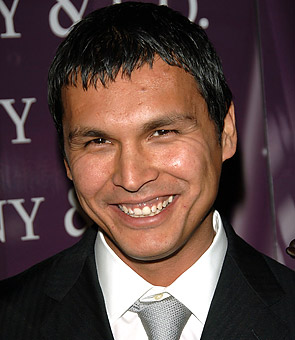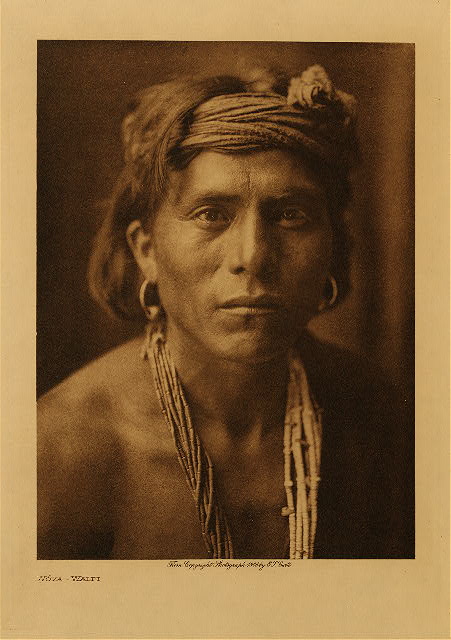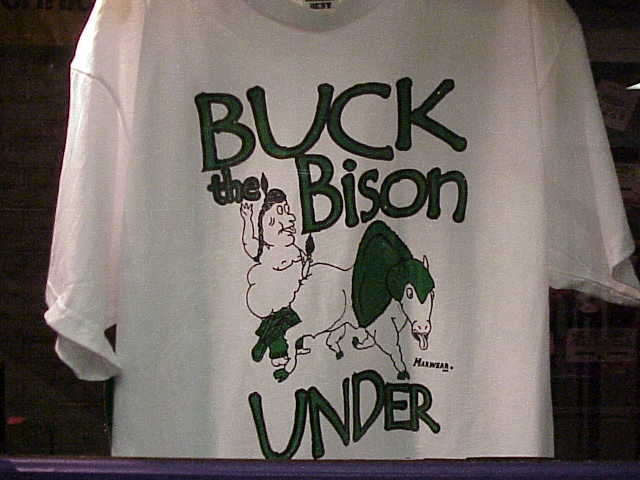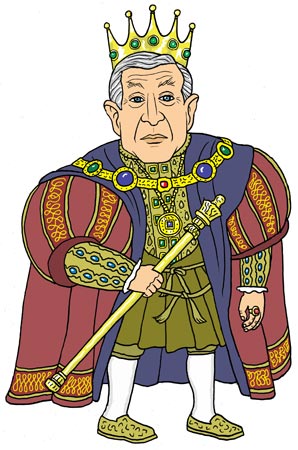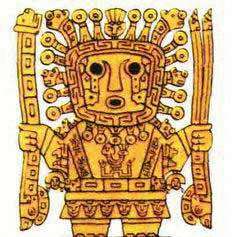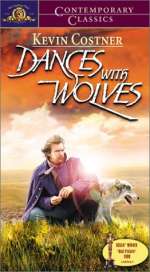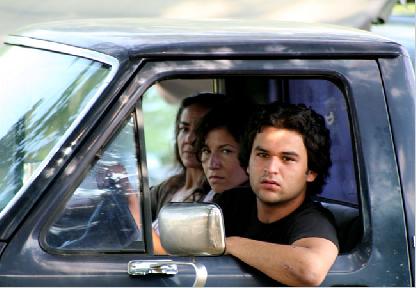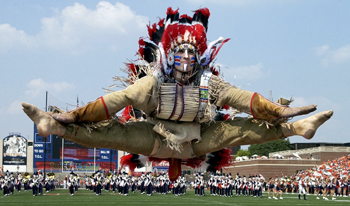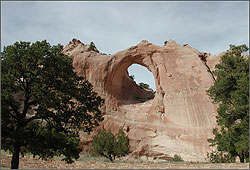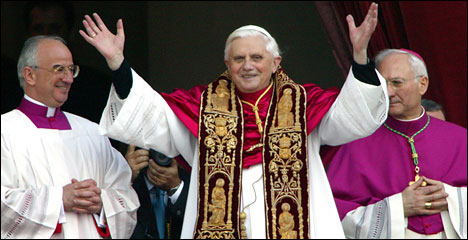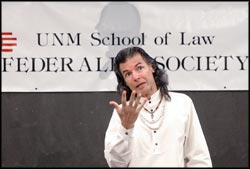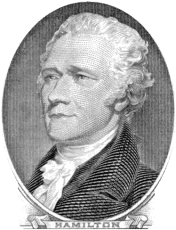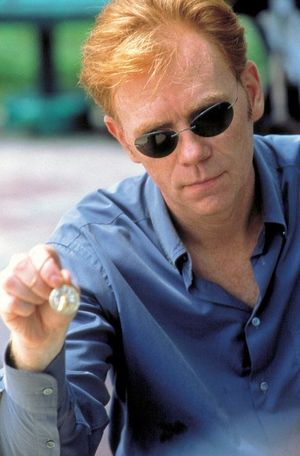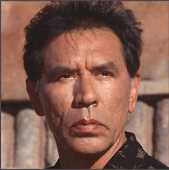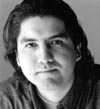Mark Reed of American Indians in Film and TV sent me his American Indian Network Diversity Report Card for 2007. At the risk of biting the hand that feeds me, here's his data and my analysis of it.
NBCAfter a guest starring role on “Law and Order: SVU” Adam Beach was brought back as a series regular. Kam Miller was also pitched to the show as a staff writer, [and] she was picked up. What a great team NBC and Dick Wolf has put together.
NBC hired Chris Eyre as a shadow director on “Friday Night Lights” with the prospect of future employment. NBC has also identified two other directors for consideration, Shawna Baca and Amy Talkington.
Mitch Longley has a recurring role on “Las Vegas.”FoxFox has two series regulars: Jonathan Joss [on] “King of the Hill” and Eric Balfour [on] “24.” Notable mention: John Hensley on “Nip/Tuck FX,” Tawny Cypress [on] “K-Ville,” and Shawna Baca [on] “On the Lot.”
The best I saved for the last. Fox has a new series coming out January 14th “Terminator: The Sarah Connor Chronicles” staring Summer Glau as Cameron. She plays an enigmatic and otherworldly student at his high school, who soon proves to be much more than his confidante--she assumes the role of John’s fearless protector. She is not an Indian in the plot; she is character playing a futuristic role. These are exactly the kind of roles actors who happen to be American Indian are looking for.ABCABC has four American Indian series regulars in their lineup: Kristen Chenoweth [on] “Pushing Daisies,” Angie Harmon [on] “Women’s Murder Club,” Tamara Feldman [on] “Dirty Sexy Money,” and Ty Pennington, host [of] “Extreme Makeover: Home Edition.”
Notable daytime players: Tyler Christopher [on] “General Hospital” and Matt Ostroff [on] “All My Children.”CBSCBS has a number of notable mentions of talent hires. At the end of December CBS will air “Comanche Moon.” Out of 82 speaking roles, 23 were American Indian. Some of which were: Adam Beach, August Schellenberg, Keith Robinson, Wes Studi, all leads. Also Aldred Montoya, Anthony Parker, Floyd Westerman, Frederick Lopez, Geraldine Keams, Jack Burning, Joe Marshall, Jonathan Joss, Rodney Smith, Scotty Auguare, Steve Reevis, Tatanka Means, and Zahn McClarnan.
There are ten guest-starring roles that were filled by American Indians: Gregory Norman Cruz [on] “Criminal Minds,” Princess Lucaj [on] “Jericho,” Dagger Salazar [on] “Criminal Minds,” Sonya Stephens [on] “Criminal Minds,” Tonantzin Carmelo [on] “CSI: Miami,” Brooke Grant [on] “Ghost Whisperer,” Jay Montalvo [on] “CSI: Miami,” Brian Overly [on] “Moonlight,” Grace C. Renn [on] “Criminal Minds,” and Charles Shen [on] “CSI: Miami.”Comment: This year Mark Reed and company have defined their terms clearly. "[T]his report and the grades earned by the four major networks are based on information provided by them. The report focuses only on primetime scripted programs from fall of 2006 to fall 2007."
Unfortunately, the report doesn't seem to match the description. Adam Beach has starred on
SVU only in the 2007-2008 season, not the 2006-2007 season. The report mentions several shows that debuted in the 2007-2008 season:
K-Ville,
Pushing Daisies,
Dirty Sexy Money,
Women's Murder Club, and
Moonlight. It mixes these with shows that debuted in the 2006-2007 season or earlier.
For instance, according to IMDB.com, Princess Lucaj appeared only in the 2006 pilot of
Jericho. Dagger Salazar and Sonya Stephens appeared in a 2006 episode of
Criminal Minds, but Grace C. Renn appeared in a 2007 episode. Since I didn't see all these shows, it's difficult to know if the actors appeared in the 2006-2007 season, the 2007-2008 season, or both. That means this report is a muddle.
The big pictureBut let's ignore the problems for a moment and look at the bigger picture. Using the claims in this report--counting all the starring and guest-starring roles in prime-time on the four networks--I get 43 (NBC, 2; Fox, 4; ABC, 4; CBS, 23+10).
Wow. That's a huge increase from last year's report, when Reed went on record saying there were
zero Indians in prime-time roles. That should be this report's headline: Indians increase roles by an infinite percent (from 0 to 43).
Is it really plausible that the networks went from zero to 43 roles in one year? Or is more likely that Reed "misunderestimated" the numbers in his previous report? I report; you decide.
(To be clear, in Reed's
report, he claimed there were three Indian roles. But in his
appearance on KABC News, he claimed there were zero Indian roles. I used the latter number for the sake of argument.)
Some minor errorsI'm happy for actress Summer Glau, but apparently she isn't an Indian, period. According to
Wikipedia, she's "of Scots-Irish and German descent." So I don't know why we're gushing about her here.
I don't know why
K-Ville is only an honorable mention. It's a Fox show like
King of the Hill and a 2007-2008 show like
Pushing Daisies and the others. If they count, it should also.
On the Lot is a Fox show that appeared in the summer of 2007. Even if
K-Ville doesn't count because it debuted in the fall of 2007,
On the Lot should.
As I noted in my last critique, Jonathan Joss has been a regular on
King of the Hill for years. If you're counting him in this report, you have to count him in previous reports. That means Reed's previous claim of zero Indian roles has to be wrong.
As I reported in March, the Native actor
Splitting the Sky was on the second episode of
Men in Trees in 2006-2007. He should've been in this report but wasn't.
Several of the actors are only "of [blank] and Native American ancestry" and don't identify themselves as Indians. Personally, I wouldn't count any actors unless they identify themselves
primarily as Indians. Neither the networks nor American Indians in TV and Film should credit, say, someone who is white or black, isn't enrolled in a tribe, and has only 1/16th Indian blood. Because then you have to count people like Lou Diamond Phillips and Cher as well as almost every Latino actor.
ConclusionBased on the report, I'm not sure if things are getting better. Judging by Reed's tone, I guess they are. But where are the quantitative data and the letter grades? Nowhere in this document, alas.
Reed's report could use a data analyst and an editor/proofreader. It's a nice effort combined with a flabby result. Call me if you want some help, Mark.
